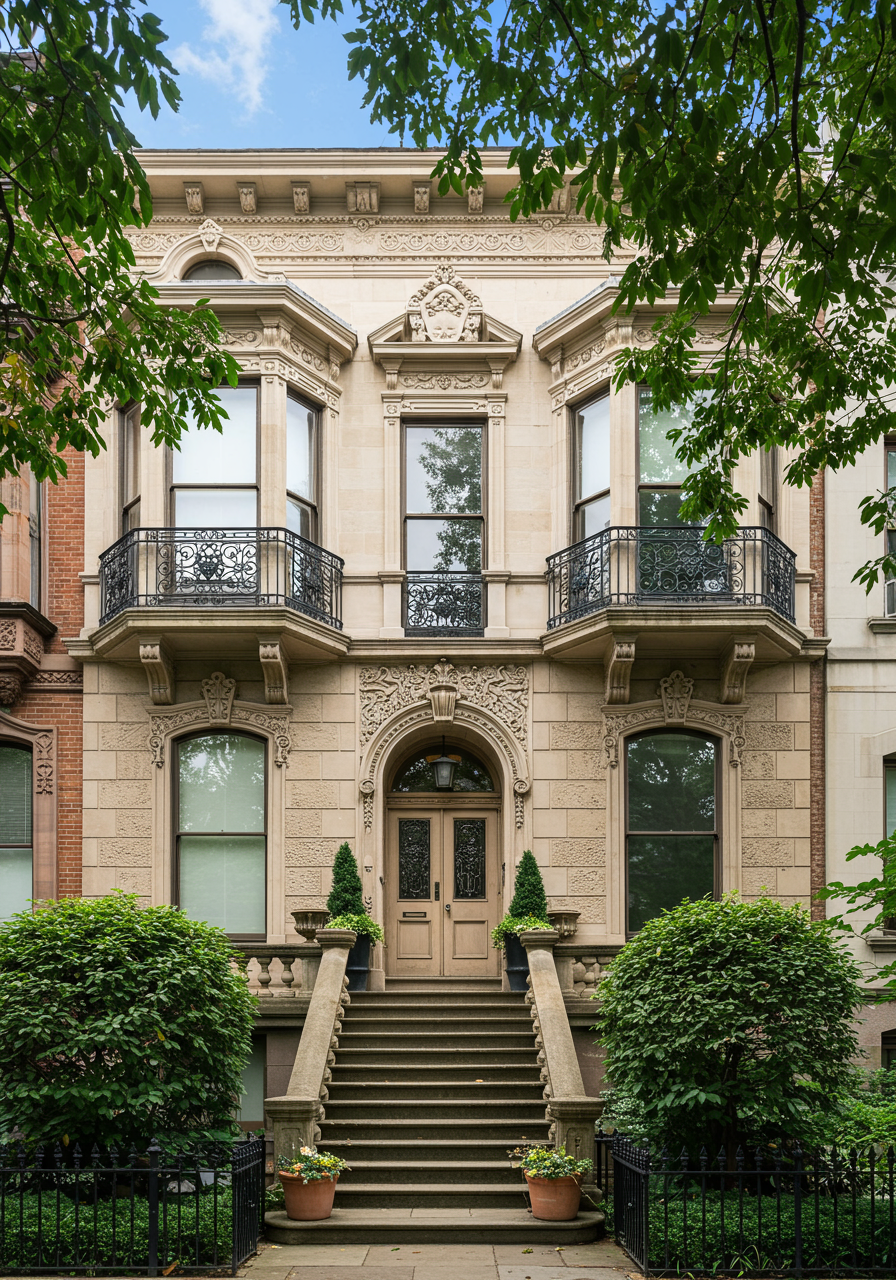“But if 2020 and 2021 were fuelled by remote work, we’re predicting that in 2022, hybrid work is likely to drive the market, with many looking for larger homes that can accommodate remote work yet remain within commuting distance to their office,” Nelson says.
Millennials make their move
One interesting trend identified in the report is that millennials are entering the home-buying market en masse, shedding their title of the “renter generation”. This might partly be attributed to a mindset pivot as these young workers reach new life milestones, but they still rely on a leg-up from family.
“Most millennials are utilising a transfer of wealth from their parents, grandparents, or a relative to purchase property,” says Jonathan Spears, an agent at Scenic Sotheby’s International Realty, based in Destin, Florida. “And even when parents are buying, their millennial kids are often the ones making the decisions because it’ll be theirs one day.”
According to a survey by US mortgage company Freddie Mac, the number of young American adults aged 25 to 34 purchasing homes with a co-borrower aged 55 and up has been on the rise for decades, accounting for 3.2 per cent in 2018, compared to 1.3 per cent in 1994.

Expats go home
The “boomerang buyer phenomenon” – attributed directly to the pandemic – is explained as a trend among expatriate workers who, taking advantage of work from home policies, are rushing to purchase property in their home countries.
Asserts the report: “Nearly two-thirds of expats worldwide had considered purchasing a property in their home country as a result of the pandemic, the Financial Times reported, with 29 per cent planning to move back full time and 57 per cent seeking a home for future use. The Economist recorded a mass exodus of expat workers from Asia, with more than 15,000 choosing to return to the US alone. This boomerang-buyer trend is set to continue into 2022.”
It finds that Australia and New Zealand in particular are experiencing an influx of expat buyers in search of luxury property. Of a million New Zealanders living abroad, a record 50,000 had returned by May 2021, more than at any time since the 1970s. The country’s median house price increased 19 per cent for the year to April 2021, and high-end luxury properties are particularly coveted. “Definitely the biggest increase in demand is in that super-high-end (around HK$53 million),” says Mark P.A. Harris, co-founder and managing director, New Zealand Sotheby’s International Realty.
Asserts the report: “Nearly two-thirds of expats worldwide had considered purchasing a property in their home country as a result of the pandemic, the Financial Times reported, with 29 per cent planning to move back full time and 57 per cent seeking a home for future use. The Economist recorded a mass exodus of expat workers from Asia, with more than 15,000 choosing to return to the US alone. This boomerang-buyer trend is set to continue into 2022.”
It finds that Australia and New Zealand in particular are experiencing an influx of expat buyers in search of luxury property. Of a million New Zealanders living abroad, a record 50,000 had returned by May 2021, more than at any time since the 1970s. The country’s median house price increased 19 per cent for the year to April 2021, and high-end luxury properties are particularly coveted. “Definitely the biggest increase in demand is in that super-high-end (around HK$53 million),” says Mark P.A. Harris, co-founder and managing director, New Zealand Sotheby’s International Realty.
With 130 brands already in that space today, Graham predicts at least another 40 will enter the category within the next three or four years.

As for short-term stays, Guy Bradshaw, managing director of United Kingdom Sotheby’s International Realty, says his rentals team has seen a “massive increase” in clients requesting serviced apartments, rather than hotels or private residences.
“We’ve had very top-level executives taking fully serviced accommodation for £60,000-70,000 (HK$638,000-745,000) a month,” he says.
With ESG (environmental, social and governance) on everyone’s agenda, expect more socially conscious investment options coming to market, benefiting the wider community. Brokers back this up, citing consumer demand.
Kevin McDonald, sales associate, Sotheby’s International Realty – Wine Country brokerage in the US, finds ESG-aware buyers are bringing their environmental preferences to the buying or construction processes. In addition to asking about sustainability features, “they want to know what impact a property has on the land and resources”, he says.
In his wine country surroundings, McDonald notes a growing collection of turnkey properties with sustainable features, making it easier for buyers to invest in such homes without having to make their own eco-conscious renovations. And, they’re prepared to pay, with buyers’ principles winning out over the costs of sustainability.

